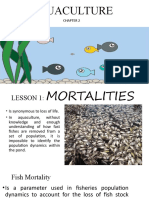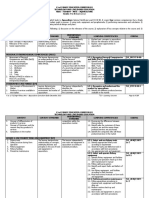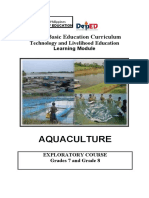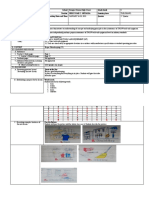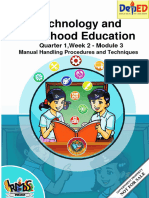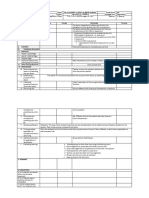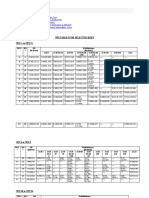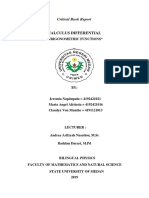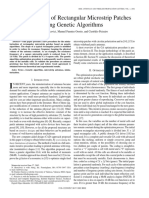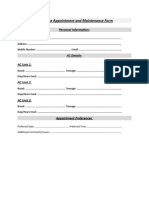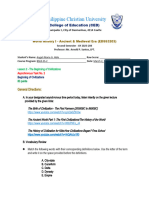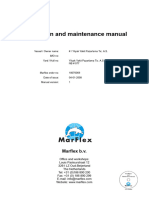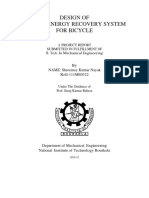0% found this document useful (0 votes)
2K views5 pagesQ2 - LAS - TLE 8 - Lesson 4 - Week 4
This document is a Learning Activity Sheet for TLE Grade 8, specifically for Quarter 2, Lesson 4, focusing on Occupational Safety and Health (OSH) Hazards and Aquaculture Methods and Practices. It is intended for teachers involved in the pilot implementation of the MATATAG K to 10 Curriculum for the School Year 2025-2026, providing activities designed to enhance students' understanding of safety hazards and aquaculture. The document also emphasizes the importance of copyright and proper use of materials included.
Uploaded by
kathleenashley.wagayenCopyright
© © All Rights Reserved
We take content rights seriously. If you suspect this is your content, claim it here.
Available Formats
Download as DOCX, PDF, TXT or read online on Scribd
0% found this document useful (0 votes)
2K views5 pagesQ2 - LAS - TLE 8 - Lesson 4 - Week 4
This document is a Learning Activity Sheet for TLE Grade 8, specifically for Quarter 2, Lesson 4, focusing on Occupational Safety and Health (OSH) Hazards and Aquaculture Methods and Practices. It is intended for teachers involved in the pilot implementation of the MATATAG K to 10 Curriculum for the School Year 2025-2026, providing activities designed to enhance students' understanding of safety hazards and aquaculture. The document also emphasizes the importance of copyright and proper use of materials included.
Uploaded by
kathleenashley.wagayenCopyright
© © All Rights Reserved
We take content rights seriously. If you suspect this is your content, claim it here.
Available Formats
Download as DOCX, PDF, TXT or read online on Scribd
/ 5




























